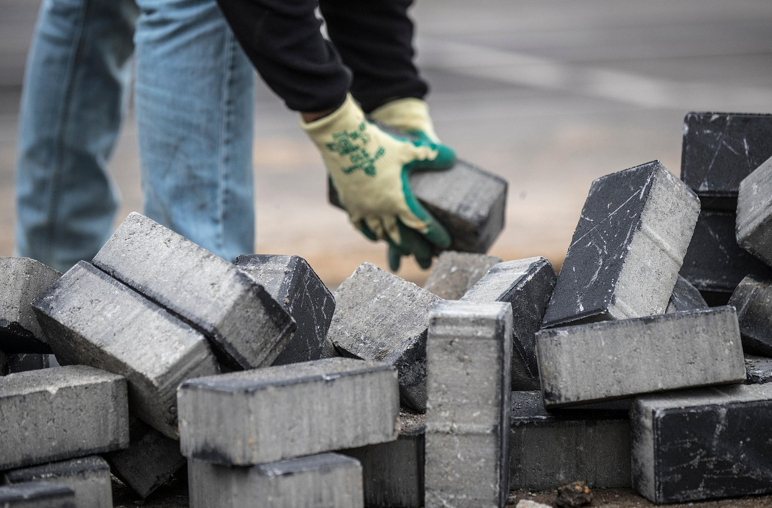
If you’re thinking about upgrading your outdoor space, one material keeps stealing the spotlight—concrete. From sleek patios to trusty driveways and reliable pathways, concrete is hailed as the MVP of outdoor projects. But does it really deserve its “gold standard” status, or are we all just falling for good PR? Let’s dive in and find out if concrete truly has the grit to stand the test of time—or if there’s a better contender for your backyard kingdom.
What Impacts Concrete’s Lifespan?
Concrete’s reputation for durability isn’t a total myth, but it’s no superhero either. Its lifespan comes down to three major factors:
1. Environmental Plot Twists
Sun, rain, snow, and temperature mood swings all conspire against your humble concrete slab. But water? That’s the ultimate frenemy. Freezing and thawing cause tiny cracks that grow into giant headaches. Scorching sun can fade and erode the surface, and heavy rain? Let’s just say it’s not helping—especially if your concrete isn’t angled to drain properly. Weather doesn’t miss.
2. Your Habits & TLC Levels
Are you parking heavy vehicles on your driveway or throwing wild dance parties every weekend? Heavy loads and constant foot traffic can wear concrete down over time. Luckily, a little love—like regular cleaning and sealing—keeps it looking sharp and standing strong. But neglect it? Expect moss, stains, and cracks to crash the party.
3. The Secret Sauce: The Mix
Not all concrete is created equal. The recipe matters—cement, sand, gravel, water, and any secret ingredients (like steel reinforcements or special additives). High-quality concrete, mixed and cured with care, will outlast cheap, poorly made slabs every time. So yeah, that “just add water” vibe doesn’t quite cut it here.
Concrete vs. The Competition
Concrete may be the popular kid, and Real-Crete products for durable building materials are magical, but how does it stack up against other outdoor materials? Let’s throw it into the ring.
- Natural Stone
Stone like granite or bluestone is basically the Dwayne Johnson of outdoor materials—rock-solid, weatherproof, and timeless. It can last for centuries, but it’ll also cost you a pretty penny. Plus, it gets slippery when wet, so keep your balance.
- Wood
Wood brings cosy charm to any space, but it’s high-maintenance and drama-prone. Even treated lumber needs constant care to fend off rot, bugs, and sunburn (yes, wood burns too). You’re looking at 10–30 years, tops, unless you really take care of it. Composites—wood’s cooler, low-maintenance cousin—last longer but can warp or fade over time.
- Brick
Brick’s been around forever (literally—look at ancient ruins). With a solid foundation, it can last a century or more. But crumbling mortar can ruin the vibe, and repairs can get annoying.
Concrete sits somewhere between stone and wood in terms of lifespan. A well-installed, well-loved concrete patio or driveway can last 30–50 years, even longer if you’re dedicated. It’s affordable, customisable, and tough enough to handle most challenges. Think of it as the practical, dependable option that still lets you get creative with colour and texture.
What’s the Right Fit for Your Space?
Concrete’s strength, affordability, and versatility make it a no-brainer for many outdoor projects. Its longevity depends on the weather, how you use it, and the quality of the mix (cheap shortcuts = bad idea). For those who want durability without dropping a fortune on stone, concrete is the ultimate team player. Add a little maintenance, and it’ll stick around for decades.
That said, every outdoor space is unique. Think about your local climate, style goals, and how much effort you’re willing to put into upkeep. Whether you go for concrete or take a chance on another material, a bit of planning now will save you headaches later. And who doesn’t love a stress-free outdoor hangout spot that looks great for years to come?
